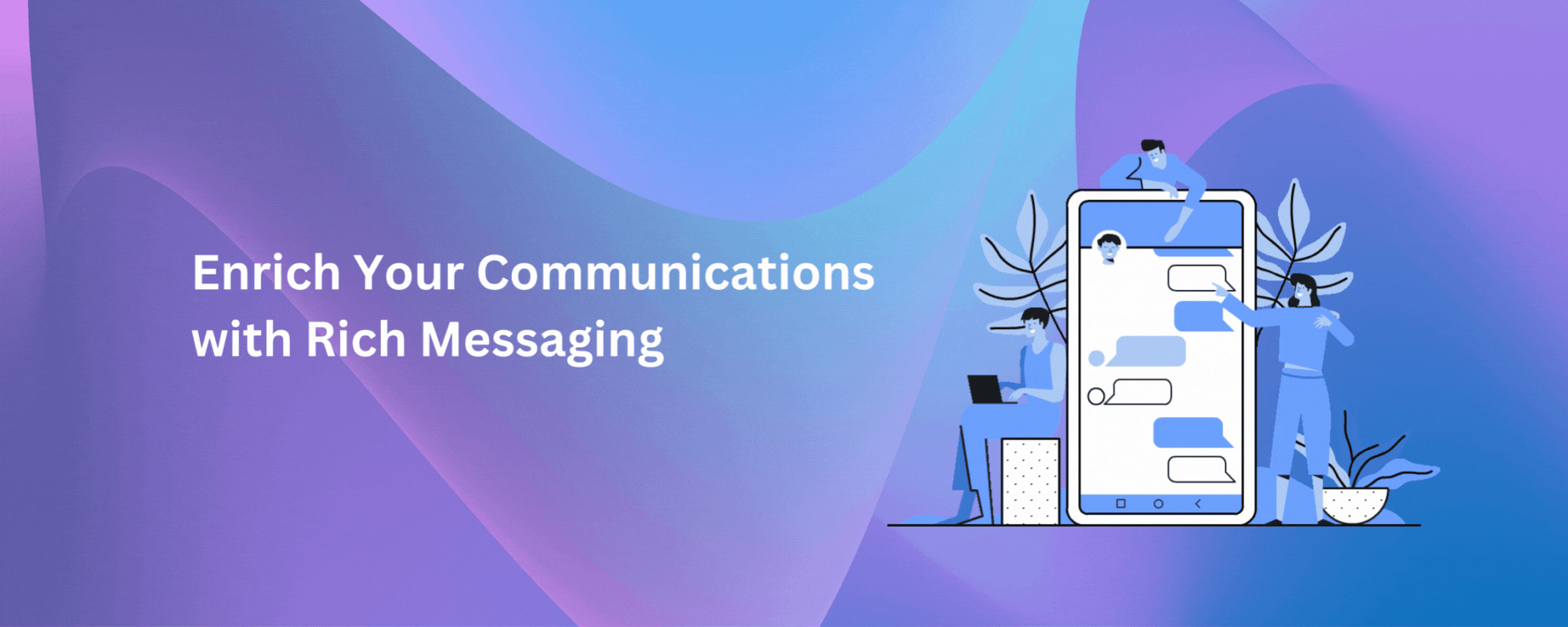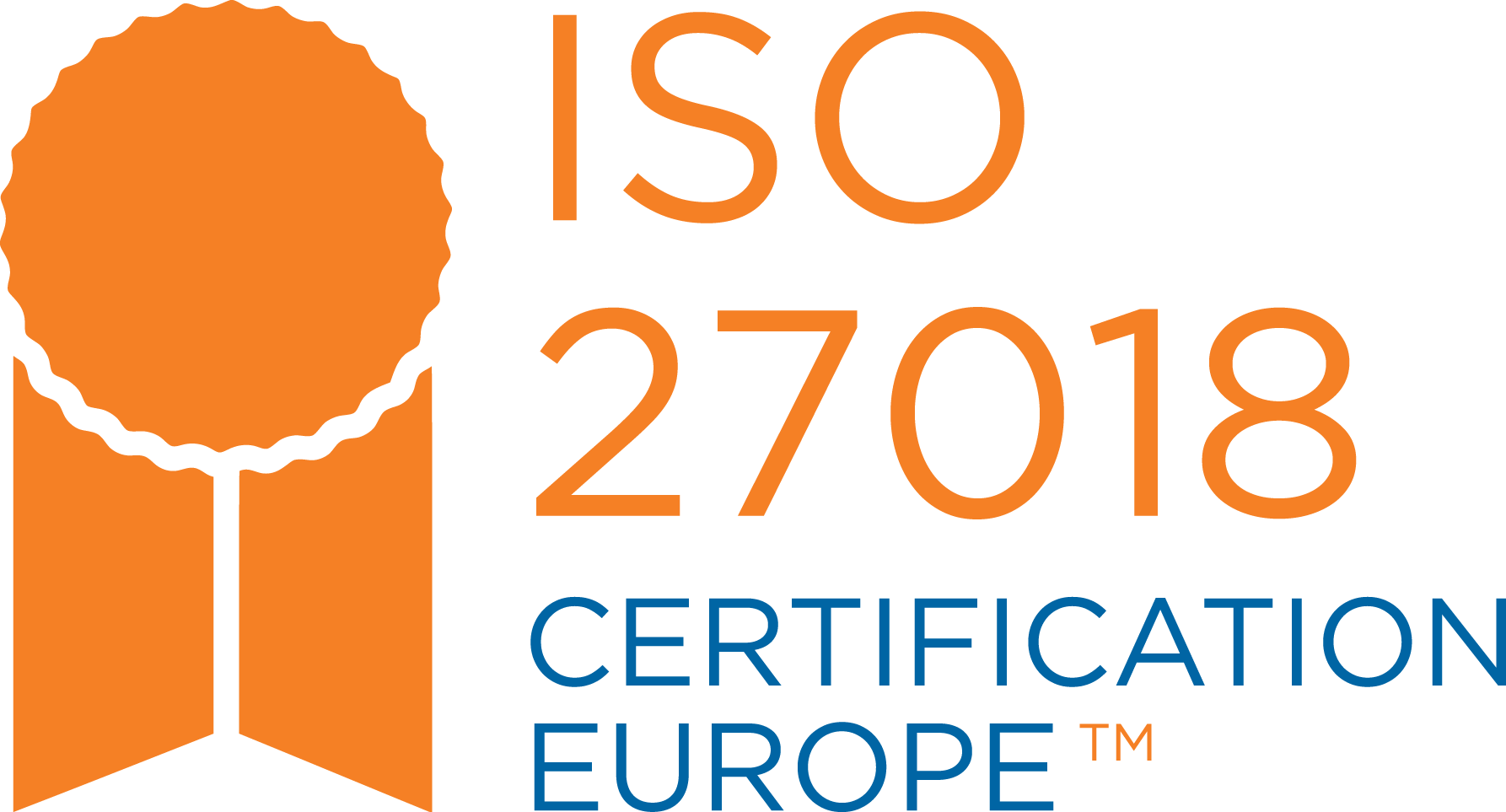Your average hold time says a lot about your customers.
Or, more importantly, it’s a good predictor of how your customers feel about your company.
Studies show that people value being heard more than just about anything else in life. And if customers are kept on hold for 10 minutes, 20 minutes, or an hour, it’s safe to say that “feeling heard and appreciated” is probably not going to describe their mood.
That quickly escalates to frustration with your service, and that becomes a negative experience that can ruin your relationship with the customer. In fact, it can even come across as an example of bad customer service before the caller even speaks with someone on your team.
When customers try to contact a business, they’re usually troubleshooting a problem or looking for answers about a product. But between ineffective chatbots, outdated dial options, and understaffed support teams, there’s a whole list of reasons that could lead to prolonged hold times.
Let’s look at four simple steps your business can take to reduce and optimize the time your customers spend on hold. Hopefully, that’ll boost the morale of your customers (and make life a little bit easier for your customer support team as well).
#1. Don’t Rely On Chatbots Exclusively
Businesses are leaning more and more towards automated support as a way to reduce the cost of a fully staffed contact center. But keep in mind that a universal complaint with customer service is that it takes too long to get in touch with “an actual person.”
Modern bots can answer a lot of basic questions, then pass on a customer to the most appropriate person at your company. But AI-powered systems are still pretty limited, mainly that their knowledge is restricted to their programming scripts. And it’s impossible to pre-program a chatbot to answer every question or concern that callers will bring to the table.
By not having all the answers (or the capacity to adapt to that), chatbots can often become a source of irritation for the caller. And when that confusion compiles with the frustration the customer felt before they called, the situation can escalate pretty quickly.
Think of your hold time as a countdown that your company is racing against. Because, according to a study by Small Business Chronicle, the average customer will hang up after less than 2 minutes spent on hold. And 34% won’t even try to call back.
That number puts a lot of pressure on businesses to reduce their hold time. And if it’s not possible to get under 2 minutes for every caller, then optimizing a customer’s experience could extend the time they’re willing to wait.
If a caller believes they’re going to speak with someone who can solve their problem or answer their question, that countdown gets extended a little bit. And every extension increases the chance that you’ll end the call with a satisfied customer instead of a frustrated one.
#2. Update Your Dial Options Often
This one’s the obvious and easiest way to optimize hold times. By making sure that your dial options are up to date, accurate, and varied, you can make sure that customers know which team they need to speak to in order to solve their question/problem.
If you added a new product or department, make sure that’s represented as early in the call as possible. While listening to nine different dial options might be agitating, it’s far better than only including one or two options and then transferring callers to connect them to the right person.
Again, your focus with optimizing hold times is less about removing it and more about removing the sense of confusion and frustration that people so often associate with being put on hold. Which brings us to the second step you can take…
#3. Invest In Helpful Hold Messages
According to research from North American Telecom, 90% of callers who go on a “silent hold” hang up in less than a minute. Callers who go on a “musical hold” will stick around for 30 seconds longer. And callers who have an “informational hold” will stay on for 3 additional minutes.
In other words, use hold time as a way to connect with callers. Maybe you want to use royalty free ambient music or royalty free rock music to fill the background silence. That’s a popular way to use “hold time,” something everyone has heard at one point in time.
Hold time could also be an opportunity to share information on new products, recent awards, or other company updates.
You could also highlight the benefits of your business. Maybe you record a message answering common questions, which means time spent on hold could very well address the question the customer is calling about.
Either way, it’s not enough to trust that people who call your business will stay on hold for as long as they need to. Time is valuable for the vast majority of people, and if you can turn time on hold into a resource, you’ll increase callers’ patience and possibly even take a step closer to other retention-related goals.
#4. Take Control With Data Analysis
One of the most powerful tools available these days is user data. But that sort of information isn’t locked to organic SEO activity or email click throughs — you can also collect a similar sort of data from calls, especially if you want to test the information included in your hold messages. (It’s especially valuable for improving your AI chatbot, if you use one.)
The obvious use for call data is how long each call lasts, whether or not the customer’s issue was addressed, and how many calls come in each day. But the next step is collecting data on what happens in the time between the call enters your system and when the caller hangs up.
And since most people hang up within 2 minutes, there’s a lot of data to collect here.
Now, collecting data won’t give you all of the answers. But it will show you how much tolerance your average customer will have for hold times, which should inform how you invest in both customer care representatives and/or adding more dial options.
In fact, that’s true for all of these steps you can take. Your goal shouldn’t be to completely overhaul your system and reduce hold times overnight. Like any new idea, it’s something that will take a little experimentation and evolution to match your goals for the business.
But you can start with these four ways to reduce and optimize the time customers spend on hold. And once you start making the changes and seeing results, you’ll be even more motivated to continue to improve your systems.
Published on: 6th May 2021








